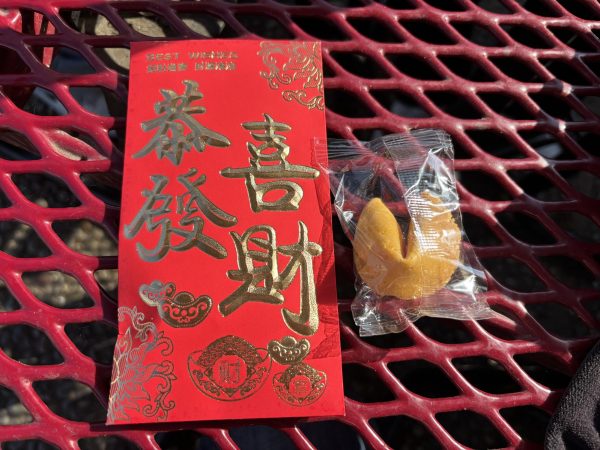As January comes to an end, Lunar New Year, also known as the Spring Festival in China, begins its celebrations around the world. This holiday takes place on Jan. 29, beginning with the first new moon of the lunar calendar and ending 15 days later on the first full moon. According to U.S. News and World Report, an American media company, the Lunar New Year’s celebration is focused mainly on removing bad luck and welcoming goodness and success.
2025 is the year of the snake, which is based on the Chinese calendar’s 12 zodiac animals – the rat, ox, tiger, rabbit, dragon, snake, horse, goat, monkey, rooster, dog and pig. This cycle repeats itself every year, with each animal having attributes which influence the year. The year of the snake signifies the pursuit of love and happiness, as well as good luck and rebirth, symbolized from “the dragon’s coat” which is the skin they shed.
Lunar New Year celebrates many traditions and values to symbolize the prosperity and virtue coming within the new year. One of these traditions is the utilization of the color red in clothing attire, envelopes and decorations. This color represents good fortune and joy, which is why it is the primary color of celebrations, as seen with the envelopes.
“For my family, the red envelopes means good luck and good fortune. If you are married you give the envelope, if you are not then you receive,” said sophomore David Chen.

Along with the color red, another tradition is getting together with families for a large feast. One of the most common foods eaten is fish because it symbolizes abundance.
“It’s very important to eat fish, there’s this saying that says ‘Nian nian you yu’ which is like every year there should be fish, something like that… there’s some kind of significance of it being good and good fortune,” said junior Allison Luo.
Although a major difference between the New Year’s celebration on Jan. 1 and the Lunar New Year celebration is the date celebrated, there are many more differences that reflect Asian culture and value. For most people, the celebration of the new year is simply based on new beginnings, while Lunar New Year is mainly celebrated to start the year with good luck and success.
Another major difference is the form of celebration. Lunar New Year typically is celebrated for up to 15 days with various traditions like dragon dances, dances meant to drive away evil spirits and attract blessings, cleaning houses to avoid bad luck and the red envelopes.
Those who celebrate on Jan. 1, however, usually only celebrate the night before the new year with fireworks, family gatherings, or watching the ball drop in New York.
“It’s so different, usually, like, American New Year’s it’s like fireworks, countdown, the New Year’s ball drop, all that stuff, it’s just kinda there. Chinese New Year it’s so much more than that, I think it’s like, imagine Christmas in America, it’s like the Christmas of China. It’s kinda like a big Thanksgiving with the festive qualities of Christmas… it’s so much more ,” said Luo.
Lunar New Year, celebrated by millions of people around the world, is not only special because of its meaningful traditions and celebrations, but it also marks the beginning of a new lunar cycle.








